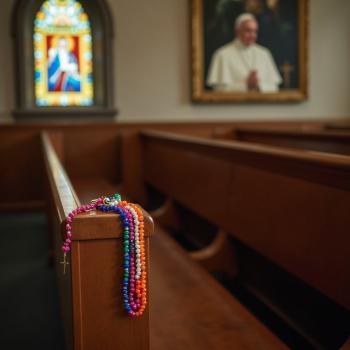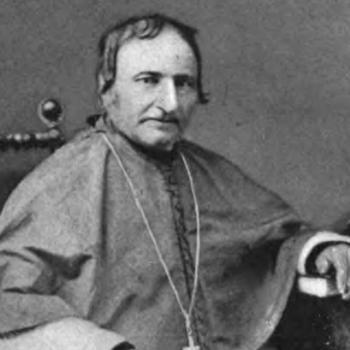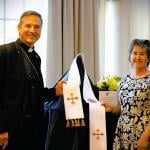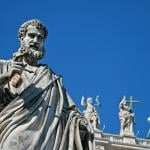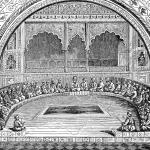Today’s Lenten Station in Rome is the Church of Saint Anastasia. This church is not a major destination for pilgrims and tourists despite its importance. The original church was built by Emperor Constantine in the early 4th century as the Imperial Chapel on the Palatine Hill. All that remains today of the majestic palace on the Palatine are some impressive ruins and the open green space of the Circus Maximus.
Experts argue that this specific site was chosen by Constantine because in ancient times here stood a shrine marking the mythical site where a she-wolf raised Romulus and Remus. If you are not familiar with the story, Romulus and Remus were abandoned in a basket on the Tiber River and the basket washed up by the Palatine Hill. A she-wolf nursed the two boys until a shepherd found them and raised them. Eventually Romulus founded the city of Rome in 752 BC, killed his twin brother Remus and became the first king of Rome.





